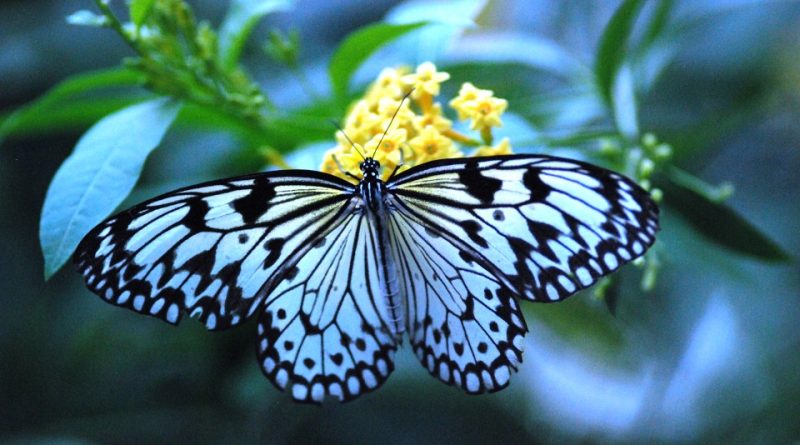The most beautiful butterflies in the world
The most beautiful butterflies in the world
Butterflies are insects belonging to the Order of Lepidoptera (Lepidoptera Linnaeus, 1758). This is a large order of holometabular insects to which over 158 000 species belong, which go by the name of butterflies and moths. The name refers to the small oval scales that cover the wings of these insects, arranged one on top of the other, like the roof tiles, but which to the natural eye seem like a simple dust; derives from the ancient Greek λεπις (lepis): squama, scaglia and πτερόν (pteron): wing.
The distinction between butterflies and moths does not respond to a taxonomic scientific classification but derives from common use.
The main stages of the life cycle of butterflies are four: egg, caterpillar, pupa (or chrysalis) and adult.
Butterflies live on average for a month, but some species die only after a few hours, while others touch the year of life.
Butterflies are certainly among the most eye-catching insects especially for the coloring and the particularity of the designs on the wings.
Below are some of the most striking and beautiful butterflies on the planet.
– Adonis blue (Lysandra bellargus Rottemburg, 1775);
– Chorinea sylphina (Chorinea sylphina Bates, 1868);
– king swallowtail (Papilio thoas Linnaeus, 1771);
– Cramer eighty-eight (Diaethria clymena Cramer, 1775),
– Cypris morpho (Morpho cypris Westwood, 1851);
– Apollo butterfly (Parnassius apollo Linnaeus, 1758);
– Paper kite butterfly (Idea leuconoe Erichson, 1834);
– Giant owl (Caligo memnon C. & R. Felder, 1867);
– Butterfly of Queen Alexandra (Ornithoptera alexandrae Rothschild, 1907);
– Butterfly of Ulysses (Papilio ulysses Linnaeus, 1758);
– Glass butterfly (Greta oto Geyer, 1837);
– Emerald swallowtail (Papilio palinurus Fabricius, 1787);
– Great Mormon (Papilio memnon Linnaeus, 1758);
– Great eggfly (Hypolimnas bolina Linnaeus, 1758);
– Swallowtail butterfly (Papilio machaon Linnaeus, 1758);
– Zebra swallowtail (Protographium marcellus Cramer, 1777);
– Two-tailed pasha (Charaxes jasius Linnaeus, 1767);
– Speckled wood (Pararge aegeria Linnaeus, 1758);
– Question mark (Polygonia interrogationis Fabricius, 1798);
– Southern festoon (Zerynthia polyxena Denis & Schiffermüller, 1775);
– Common Rose butterfly (Pachliopta aristolochiae Fabricius, 1775);
– Vanessa io or peacock eye (Aglais io Linnaeus, 1758);
– Peacock pansy (Junonia Almana Linnaeus, 1758);
– Heliconian Zebra (Heliconius charithonia Linnaeus, 1767).
Guido Bissanti
Sources
– Wikipedia, the free encyclopedia.
– Russo G., 1976. Agricultural entomology. Special Part. Liguori Editore, Naples.
– Tremblay E., 1997. Applied entomology. Liguori Editore, Naples.

